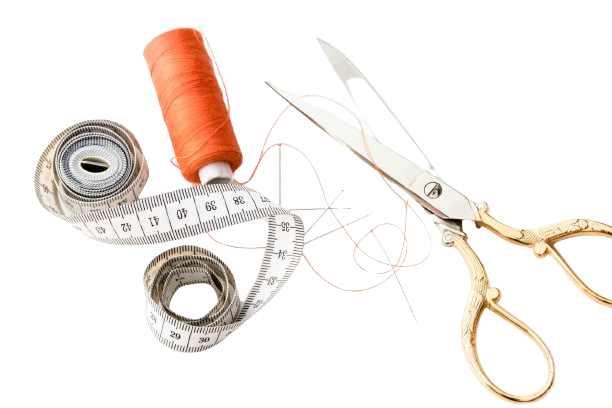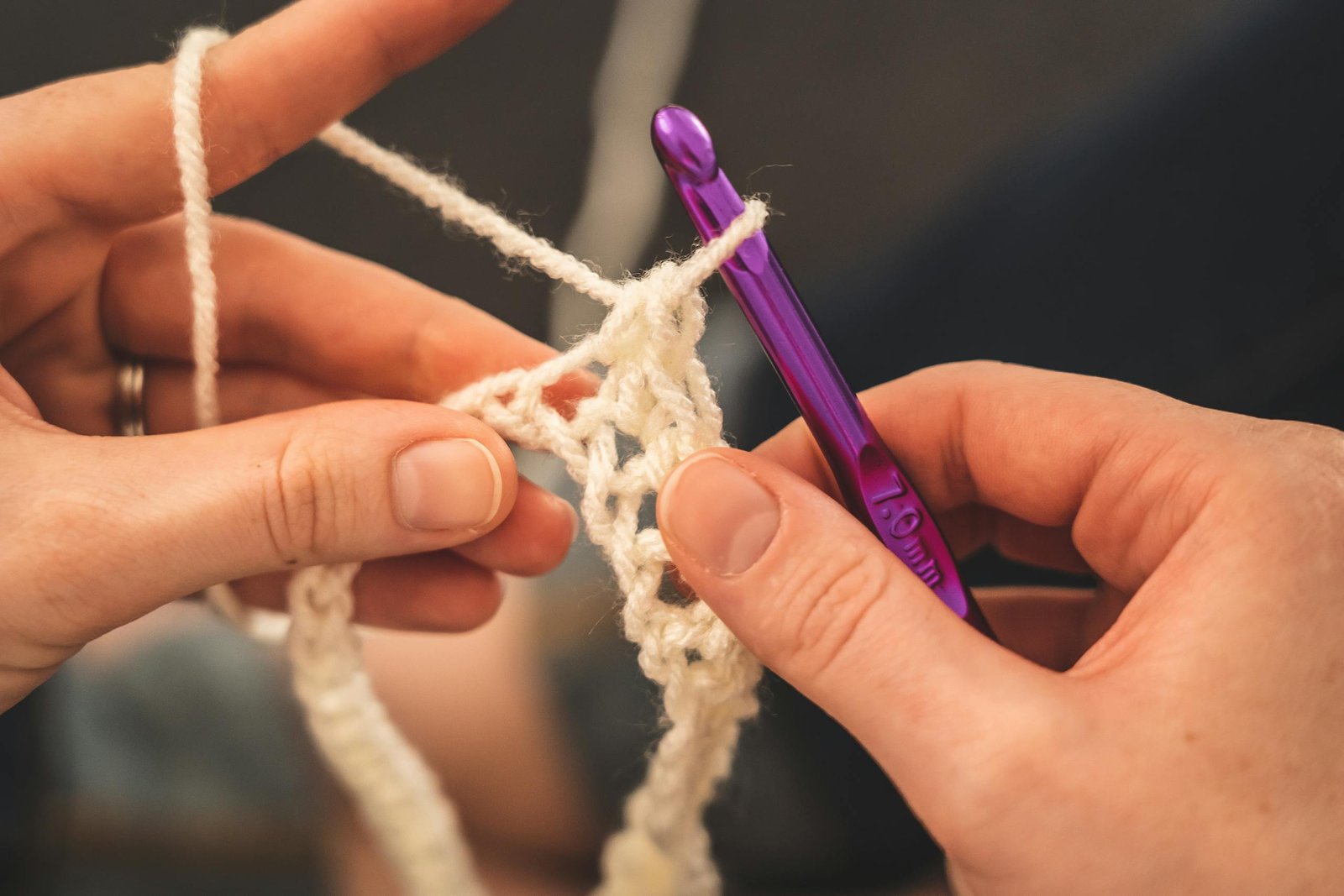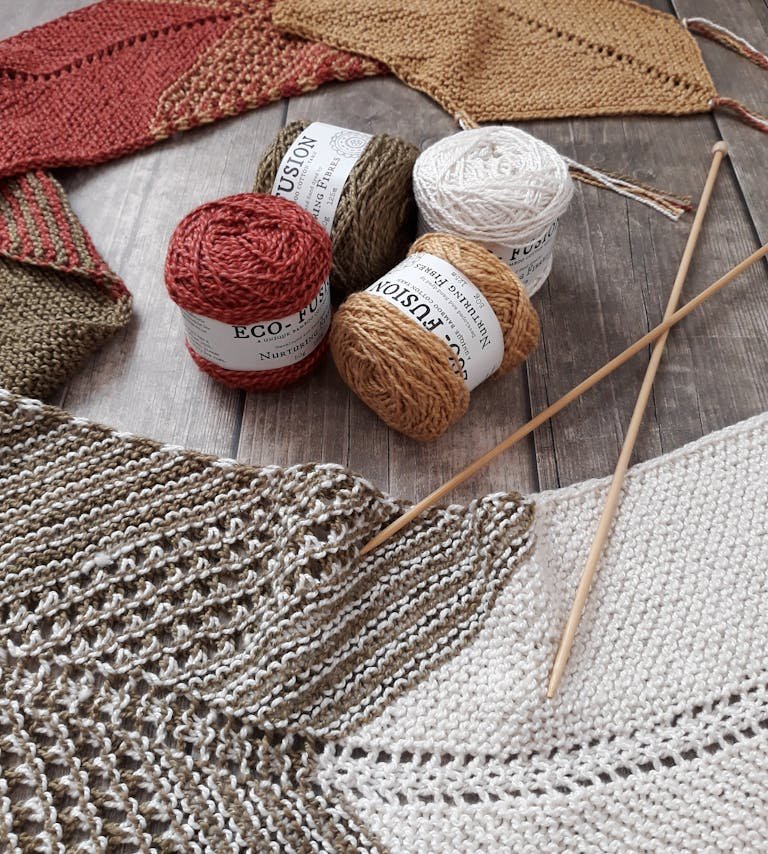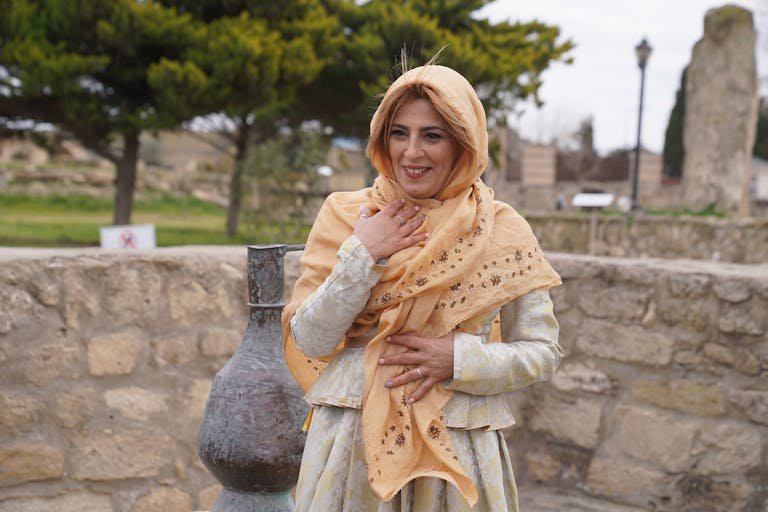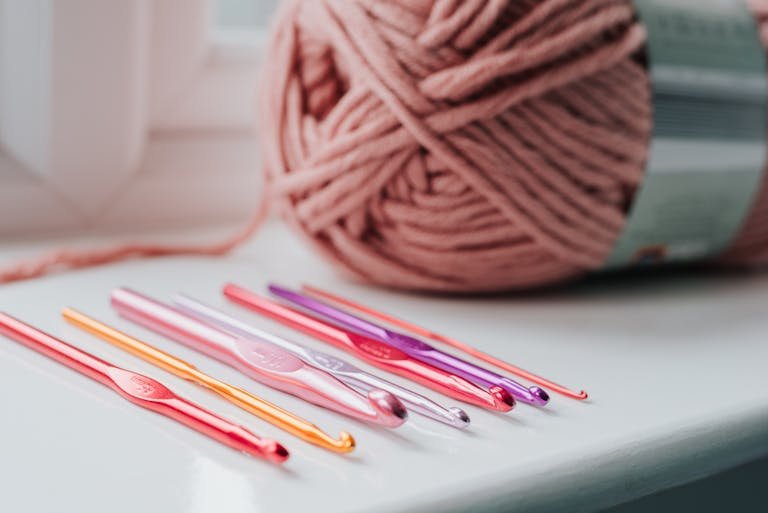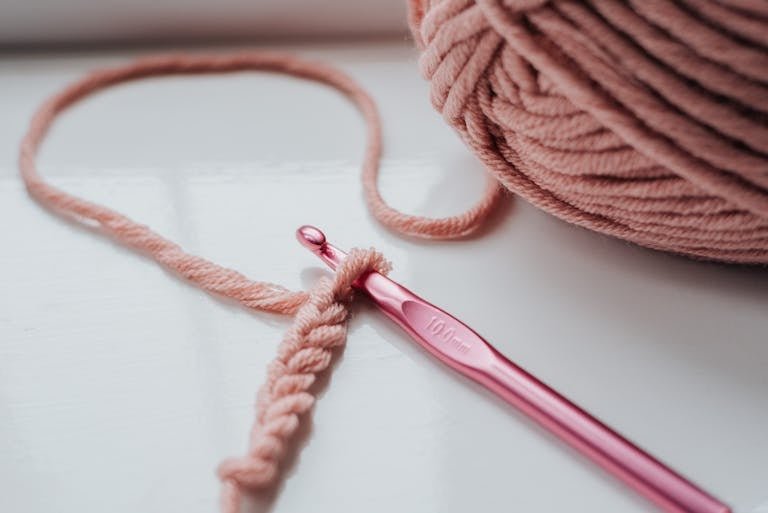Decode Crochet: What Does “SK” Mean?
Crochet is a delightful and versatile craft that can produce everything from cozy blankets to intricate lace. As you dive into the world of crochet, you’ll encounter various abbreviations that may initially seem puzzling. One such abbreviation is “sk.” In this guide, you’ll find out What Is SK In Crochet and a Step-by-Step Guide to Working with SK in Crochet.
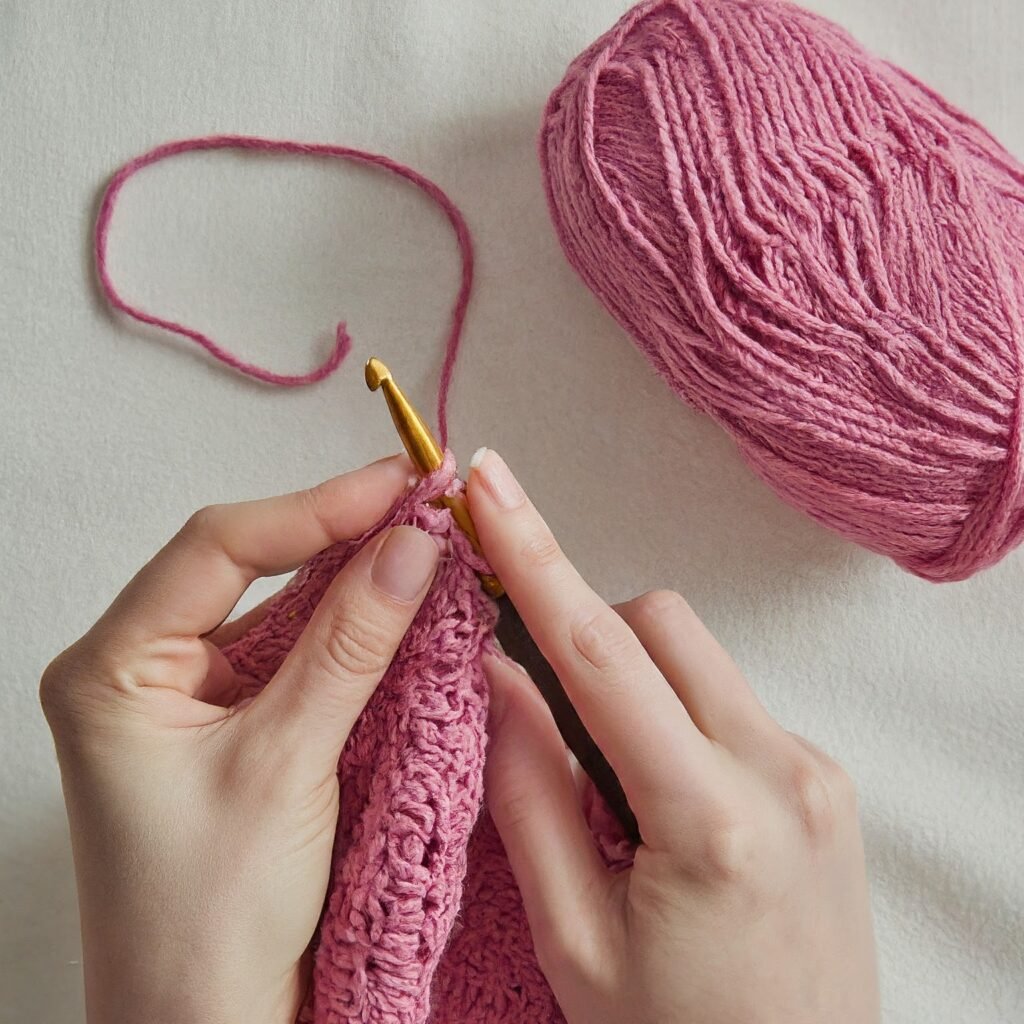
Understanding SK in Crochet
What Does SK Mean in Crochet?
In the world of crochet, the term “SK” stands for “skip.” It’s a simple yet fundamental technique where the crocheter skips over a certain number of stitches as directed by the pattern. This technique is essential for creating various patterns and textures, adding versatility and creativity to your projects. SK is commonly used in both beginner and advanced crochet patterns, making it a crucial skill to master.
SK vs. Skip Stitch:
“SK” and “skip stitch” might seem interchangeable, but they hold subtle differences. “SK” is the shorthand notation used in written crochet patterns, whereas “skip stitch” is a more descriptive term used in instructional guides and tutorials. Essentially, both terms mean the same thing: to move past one or more stitches without working into them. This skipping action can be used to create spaces, adjust stitch counts, or add texture to the fabric.
Similarities and Differences Between SK and Other Stitch Techniques
Understanding how SK compares to other stitch techniques like chain space and standing stitch is crucial for mastering crochet.
- Chain Space: A chain space is created by making a series of chain stitches, which form a gap or space in the crochet fabric. Unlike SK, which involves skipping existing stitches, a chain space adds stitches to create the gap. Both techniques are used to create open, lacy patterns, but they achieve this in different ways.
- Standing Stitch: A standing stitch is a technique used to start a new row or round without a turning chain. It involves creating a stitch (like a double crochet or treble crochet) independently from the previous row. This technique is different from SK, as it focuses on starting new stitches rather than skipping existing ones.
Mastering the SK Technique
Step-by-Step Guide to Working SK in Croche
- Identify the Stitch to Skip: Look at your pattern to see which stitch or space you need to skip. This is usually indicated with “SK” followed by the specific stitch or number of stitches.
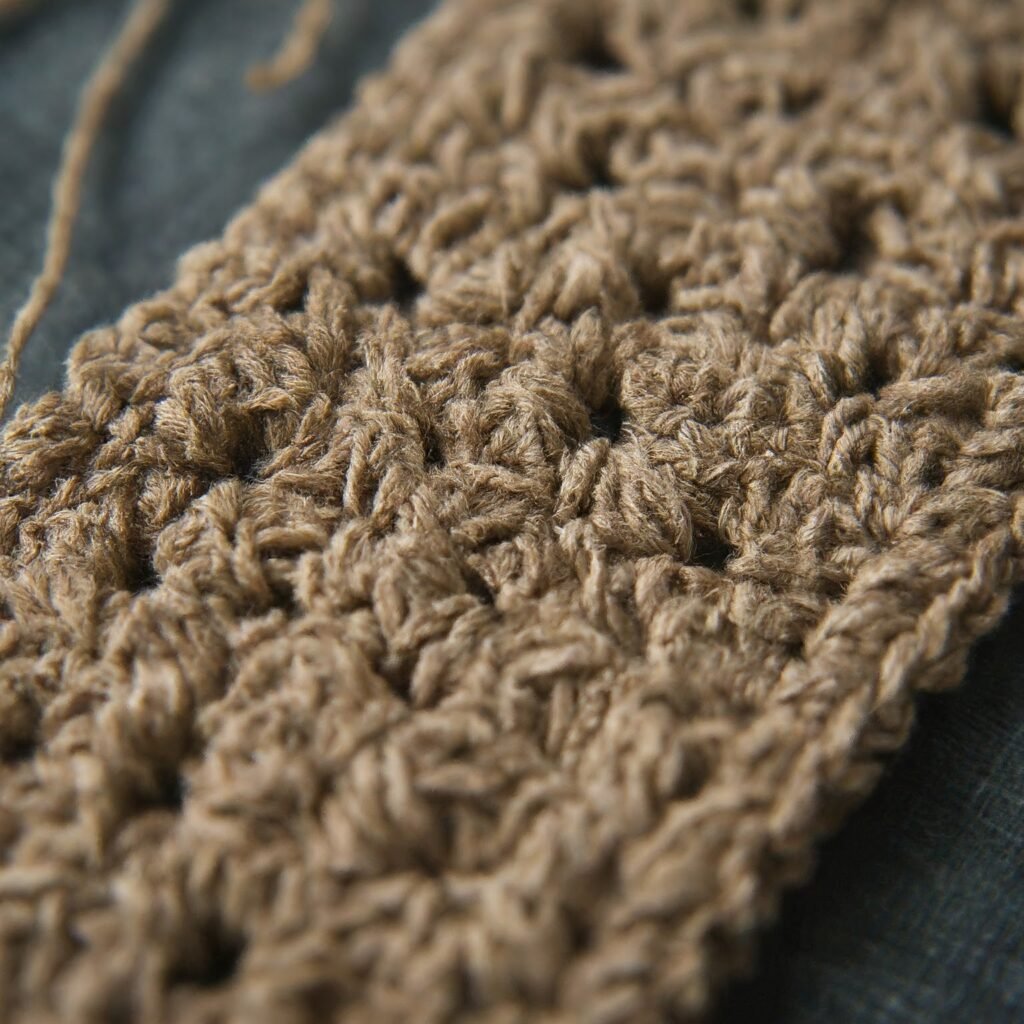
- Insert Hook: After identifying the stitch to skip, insert your hook into the next stitch as instructed in your pattern.
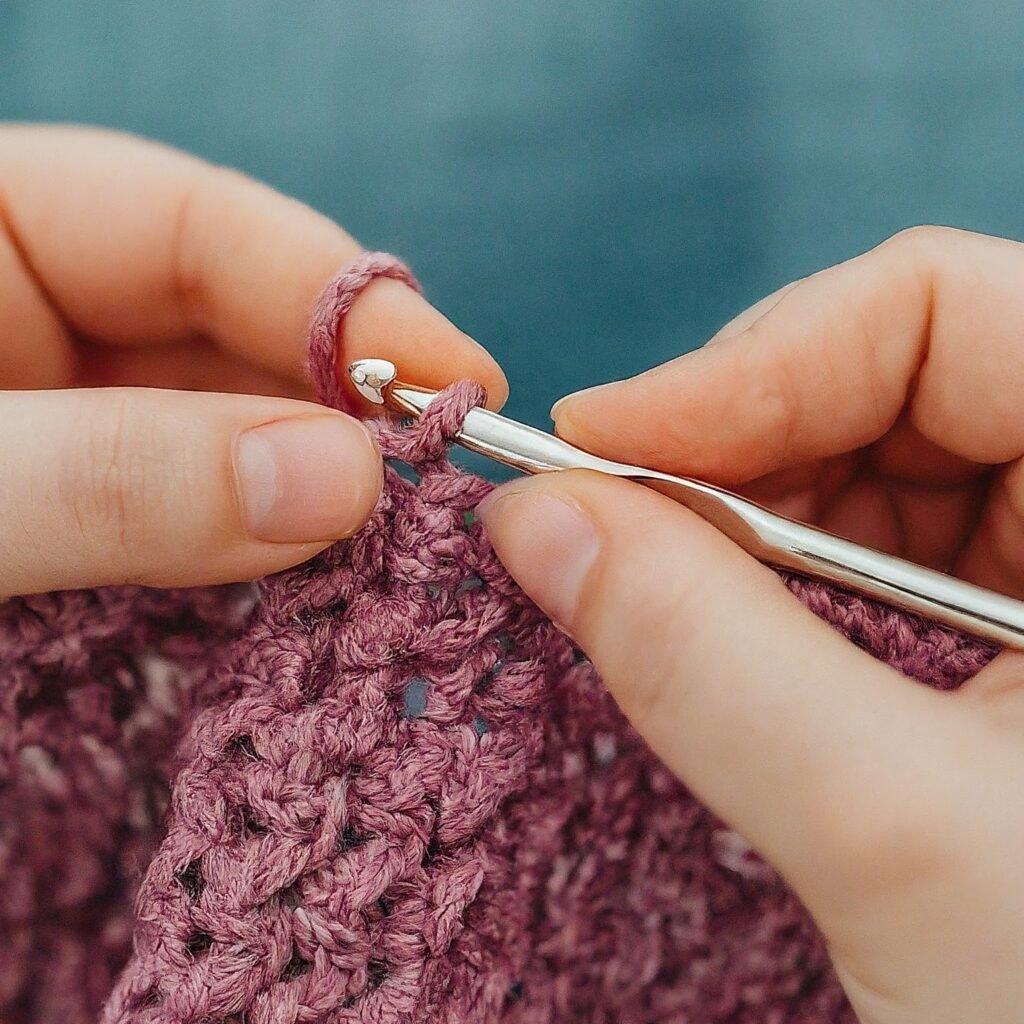
- Yarn Over: Yarn over the hook, as you would for a regular crochet stitch.
- Draw Through Loop: Draw the yarn through the stitch, completing the step. You have now skipped the intended stitch and worked into the next one.
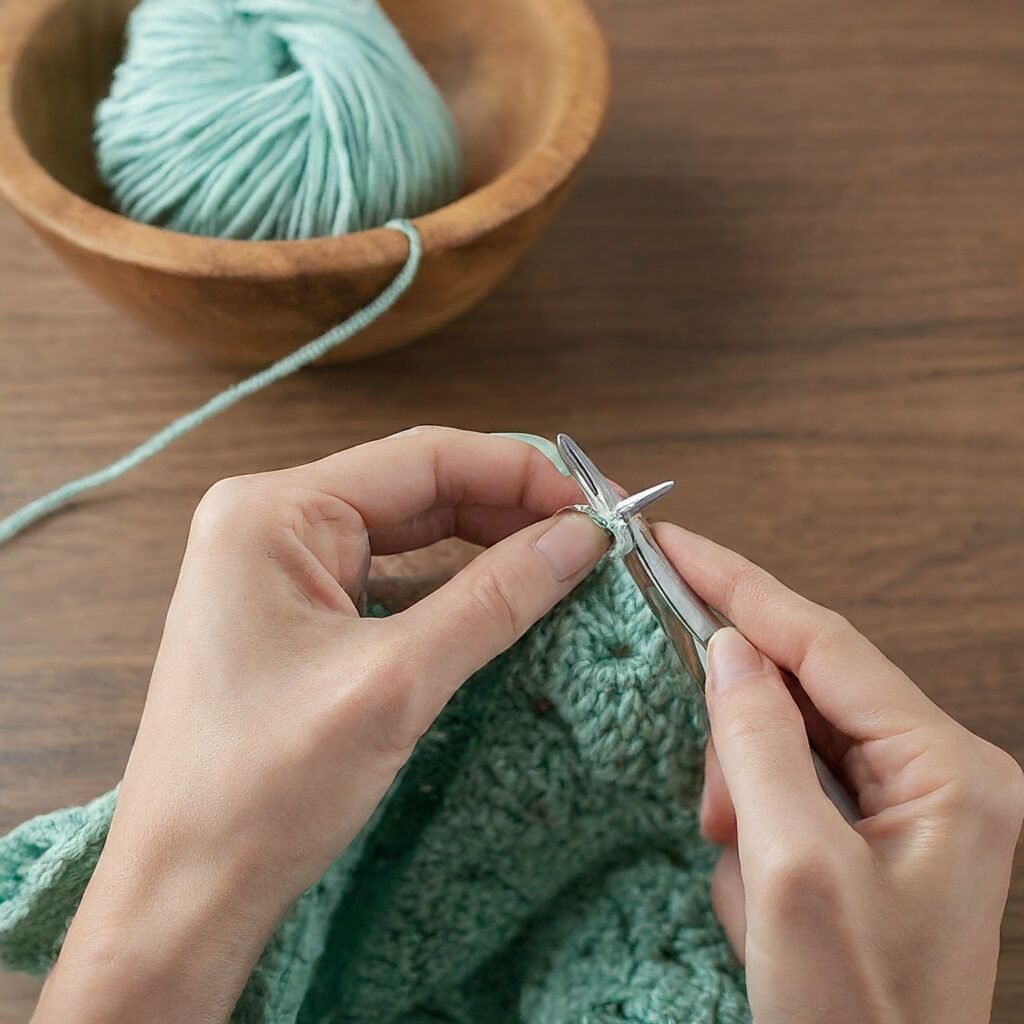
- Continue: Follow the pattern’s instructions to continue your row or round, repeating the SK technique as needed.
Applications of SK in Crochet Projects
Creating Lacy Effects and Openwork Designs
SK is essential for creating beautiful lacy effects and openwork designs. By skipping stitches, you can form delicate gaps and spaces, making your projects airy and lightweight. This technique is perfect for shawls, summer tops, and decorative home items like doilies and table runners.
Shaping Techniques: How SK Can Be Used for Increases and Decreases
Skipping stitches strategically can help shape your crochet projects. For example, skipping stitches in specific areas can create decreases, while not skipping in others can maintain the width. This method is particularly useful in garment construction, where precise shaping is crucial.
Beyond Aesthetics: Functional Uses of SK
SK is not just for decorative purposes; it also has functional uses. For example:
- Buttonholes: SK can create neat and uniform buttonholes in garments.
- Fringe: Skipping stitches can form spaces for attaching fringe, adding a stylish touch to scarves and shawls.
- Adjusting Fit: SK can help adjust the fit without adding bulk to accessories like hats and mittens.
Showcasing SK in Different Crochet Styles
SK can be incorporated into various crochet styles to add flair and function:
- Amigurumi: Use SK to shape small parts and create unique textures in your stuffed toys.
- Garments: Employ SK for delicate lace panels or strategically placed holes for belts and ties.
- Accessories: Add SK to scarves, hats, and bags for a modern, airy look.
Troubleshooting Common Issues with SK
- Uneven Tension: Skipping stitches can sometimes lead to uneven tension. To avoid this, ensure your yarn is consistently wrapped and pulled through at the same tightness.
- Gaps: Large gaps may form if stitches are skipped incorrectly. Double-check your pattern and count your stitches regularly to ensure accuracy.
- Misalignment: If your skipped stitches cause the pattern to misalign, it may be due to an error in counting. Recount your stitches and ensure you are skipping the correct ones.
Tips and Tricks for Flawless SK Execution
- Mark Your Stitches: Use stitch markers to mark the stitches you need to skip. This visual aid can help you stay where you need to be and prevent mistakes.
- Practice: Like any technique, practice makes perfect. Try swatching with different yarns and hooks to get comfortable with SK.
- Follow Patterns Closely: Pay close attention to your pattern. Some designs require specific SK sequences to achieve the desired effect.
Read Also: How to Make Stars Out of Paper
Closing
Understanding and using “sk” in crochet is an essential skill that will open up a world of creative possibilities in your projects. By mastering this technique, you can create beautiful patterns, and intricate designs, and add unique textures to your crochet work. So, grab your hook and yarn, and start skipping those stitches with confidence!
